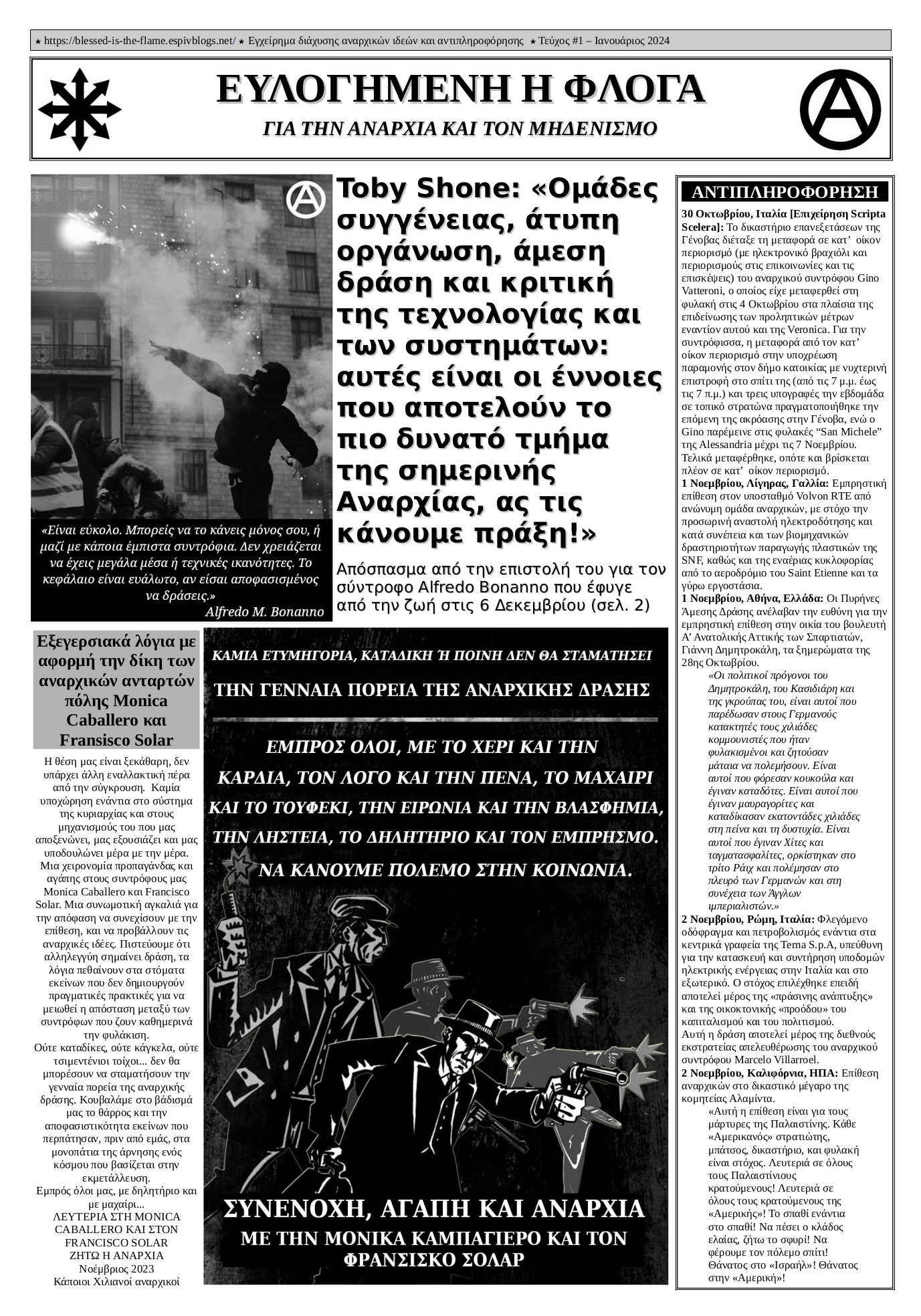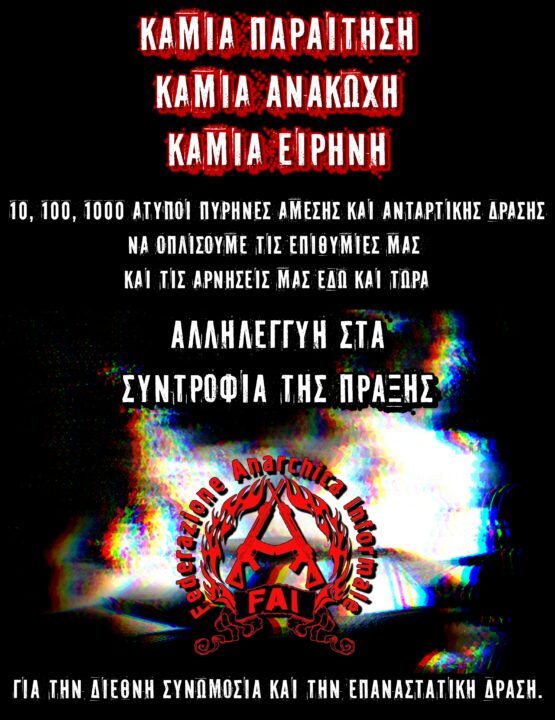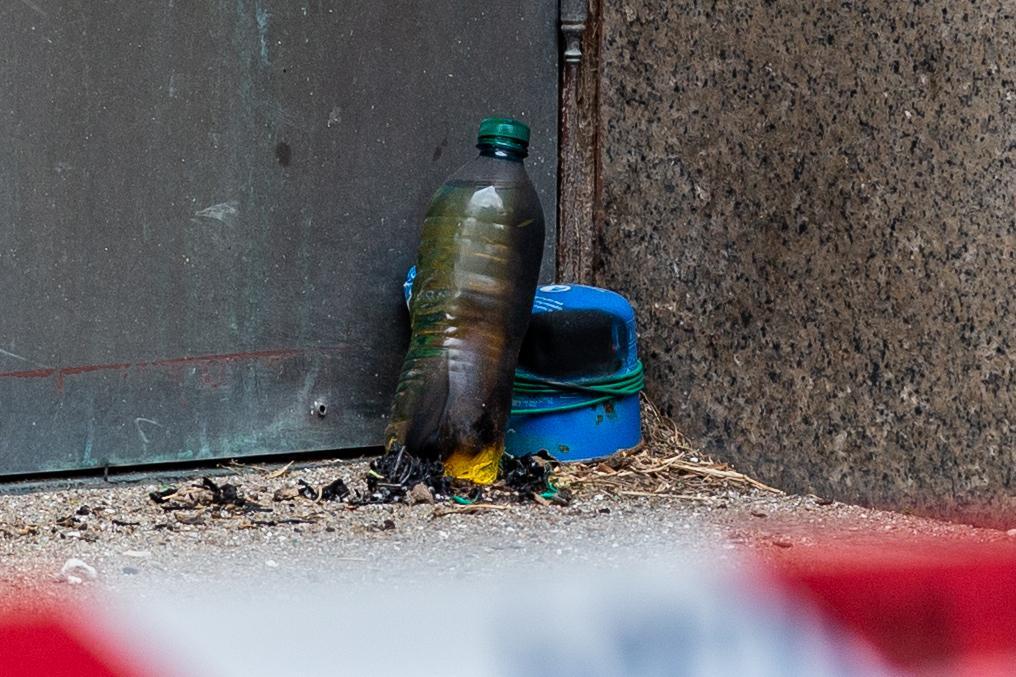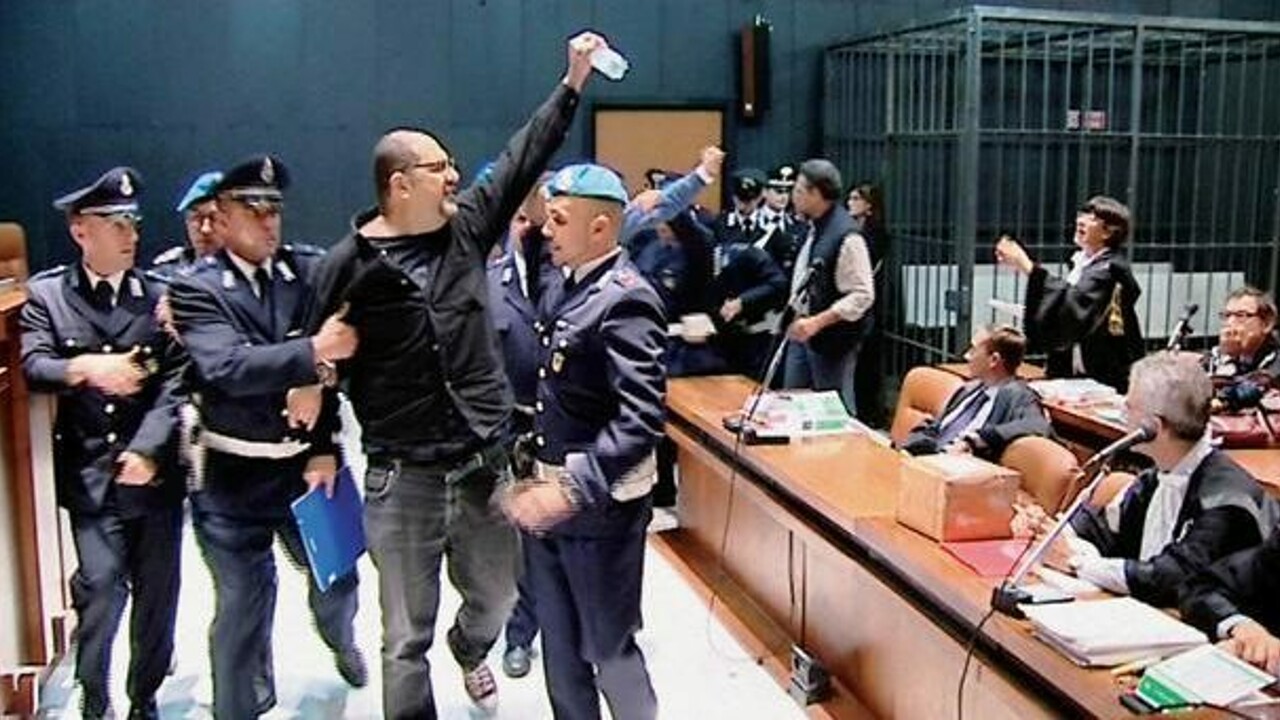
The following interviews were given by Spyros Mandylas and Christos Tsakalos (CCF) on events organized by anarchist collectives (mentioned above each interview) and on self-organized anarchist radio 105FM. In addition, a brochure of Cell of Chaotic Strike accompanies the collected speaches. Some parts within the text might sound repetive, exactly because there were similar questions on different interviews. The point of this article, was to collect most of them (if not all), in order to give a clear picture of what New Anarchy is.
—Dubus Dumno
Anarchist Haunt “Nadir”. Thessaloniki 7/12/2013
Spyros Mandylas, member of the meeting of the Anarchist Haunt “Nadir”.
Q: Would you like to start by telling us which political features shape New Anarchy and how it differs from the traditional one? Also, what kind of problems do you spot within the so-called “official” anarchy?
S.M: In those last few years New Anarchy is being discussed quite a lot, this new drift, so it would be right to give a definition as well; what do we mean with this term and what is its difference with traditional anarchy and that what is called the “official anarchist movement”. The “trend of New Anarchy” is what we used to say some time ago, a new anarchy within Anarchy. I believe that’s how it all started. Its main features are anti-societism, the anarcho-indivualist perception, existential analyses, informal organization, direct action – which is a very basic feature, nihilist perception and much more. We will now look into some individual points to better clarify what this trend is, what this thought is. By “anti-societism” we do not mean, obviously, a pogrom against the populations and innocent citizens. Anti-societism speaks of a war that is waged against the state and, at the same time, harshly criticizes society. So what we are saying is this: the rulers and the administrators of power, are given their positions by certain someones; someone elects them and someone tolerates them. For this reason, the “oppressed” citizen is not without responsibilities. This passivity and voluntary slavery is a problematic situation, which should not be left untouched and out of criticism. Now, another important structural difference, in relation to traditional anarchy, is that New Anarchy does not speak of a social catechism; it speaks of anarchist diffusion of ideas. It’s completely different. This new trend is not meant to persuade, but to communicate. New Anarchy does not talk about the revolution, placing it in an indefinite future, but it talks about the present, here and now. New Anarchy presupposes the coupling of theory and practice and does not want clappers, but accomplices. New Anarchy, as I have experienced it, is aimed for minorities. Nowadays, when various means such as strikes, funeral-like marches, symbolic building-occupation and protests are ineffective and act as decompression valves; we do not consider it just a wrong strategy, we consider it stupid to when you call yourself an anarchist, yet fight for better living standards. Anarchy cannot replace the welfare state, nor can it be a kind of union for students and workers as it has become in recent years.
Q: How would you comment on the term “vanguard” that has been attributed to New Anarchy?
S.M: This characterization of the New Anarchy trend has, in fact, been attributed to some others. This characterization is completely wrong in relation to what this new current stands for. I’ll start by saying what I read recently: “Anyone who thinks they know everything is doomed to learn nothing.” What is true is that there is no person, no book and no trend that says how the revolution will take place. The constant revolt does not obey any truth and has no recipe for how this theoretical revolution will take place. This characterization of “vanguard”, I personally, return it to the official movement, which believes that its actions and interventions in various, cinematic, intermediate struggles, will act as a trigger for the social or any other revolution. Anyone who considers themselves a pioneer is arrogant and, therefore, is doomed to stand still in a situation.
Q: You are involved in the part of New Anarchy’s idea-diffusion. How important do you think it is for a bridge to exist between the trends of New Anarchy and why do you think that the state, in addition to armed action, is targeting such actions? An example of this phenomenon is translation networks and the international media. What do you think is their role?
SM: Speaking of New Anarchy, we are essentially talking about a dialectical relationship between theory and praxis, between the public image and the illegal. This relationship is, I believe, a very important part of New Anarchy. This new trend is essentially made up of direct action teams, collectives, blogs, websites and radios, book/brochure publication or translation groups and much more. This tendency, organized on the characteristics of informal organization, affinity groups, internationalist solidarity and having a specific political analysis, is a very significant and difficult opponent for our enemies. Essentially, when we talk about New Anarchy, we are talking about concepts such as “anti-societism”, “anarcho-individualism” … We are talking about an existential analysis and view that goes beyond the stagnation of a class orientation and refers to the sabotage of social relations.
For New Anarchy, revolution is not placed at an indefinite time in the future, but it is demanded in the present, as we believe that mass preparation cannot in any case be one of the preconditions for revolution. New Anarchy speaks of war on the state and harshly criticizes society. It is clear that for the suffering of the oppressed, the oppressed themselves are not without responsibilities. For me, they are a voluntary mass that through various procedures have advocated for their tyranny.
Now, regarding why the state, in addition to armed formations of direct action, is also targeting public structures (translation and publication structures and so on), this is due in part to the fact that it fully realizes the effectiveness of these operations in ongoing anarchism; the uprising. To be more specific, I believe that the state would prefer armed groups, without public speech and presence. As it would also prefer to see the international media become consumed by harmless, theoretical analyses. So when the state sees that there are some bridges between the two, it makes total sense for it to do everything it can to break them down. In practice, we can see this in Italy over the last two years, where we several repressive operations had taken place; in operation “Ardire”, in operation “Shadow”, we saw exactly this thing. We have seen persecution not only against individuals for direct action but also against translation websites. As it happened, for example, with the “Culmine” website and the “Kerveros” publications. This means they’re doing a good job. If half thing is the immediate action, the other half is how it will reach the recipient.
Operation Phoenix, for example, has already counted eight strikes. The four have taken place in Greece and the other four have taken place in Indonesia, Russia and Chile. If it weren’t for all these networks, that didn’t exist before, we wouldn’t have learned anything. So, we notice how they interact together and how much they break down borders. In recent years, a large volume of political texts has been translated from language to language on these sites and translation networks. For example, there, today you will find the book “Armed Joy” by Nadir Publications. At the same time, a week ago, the book “Armed Joy” was published in Indonesian. The books of the Conspiracy of Fire Cores and the Black International are constantly being translated. This is a terrific job, it is very important. Continue reading “Notes on New Anarchy – A talk about the New Anarchy trend by Conspiracy of Cells of Fire, Spyros Mandylas and Cell of Chaotic Strike (2013)”

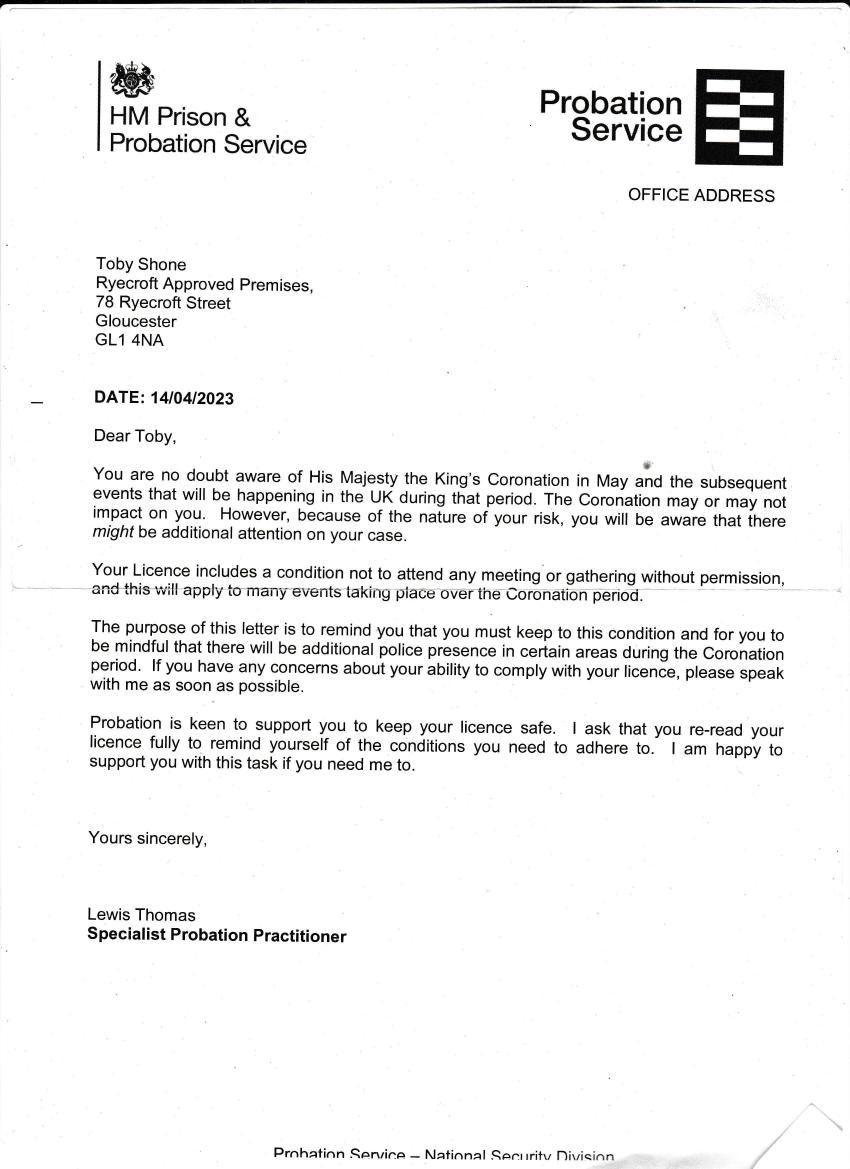
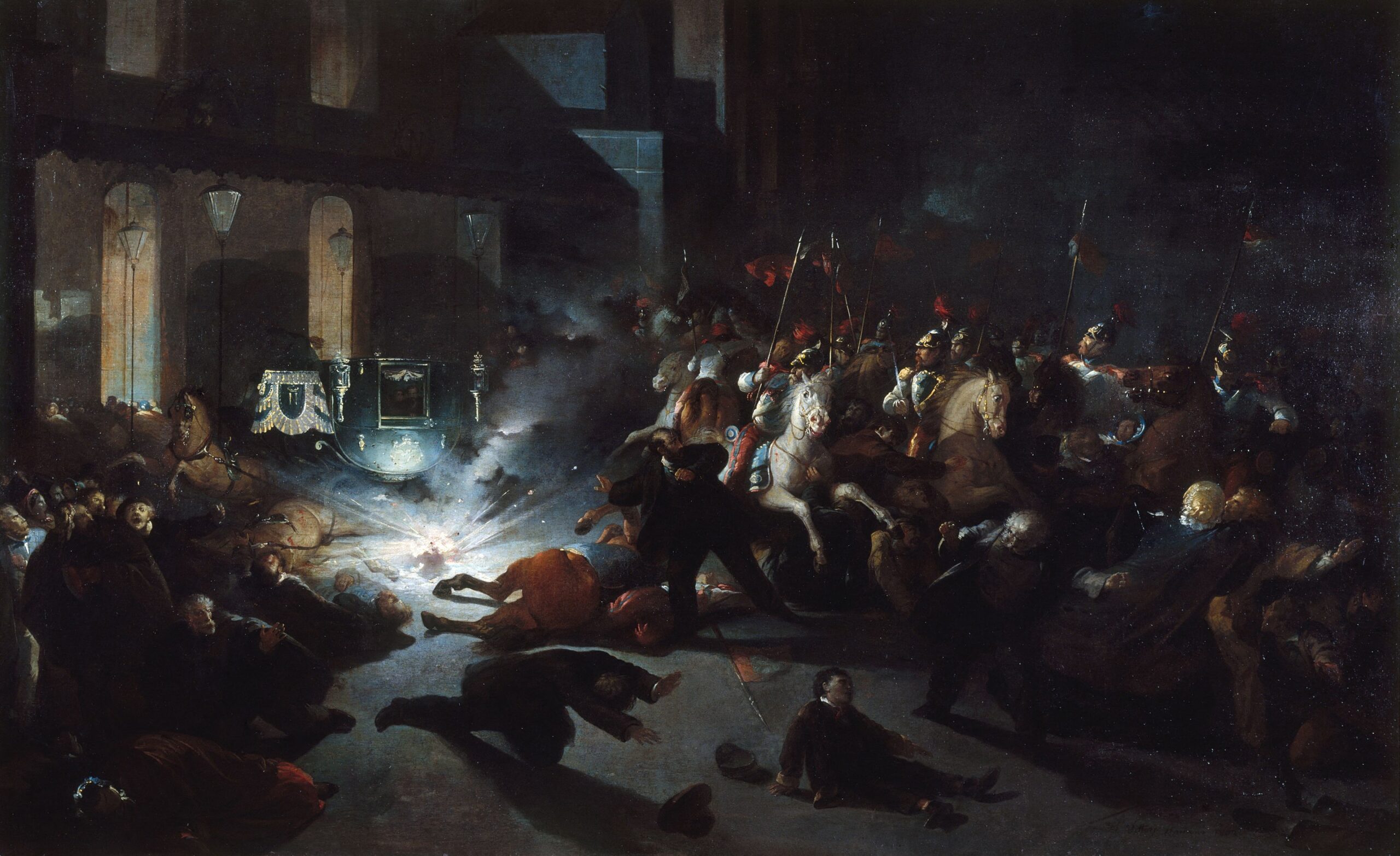
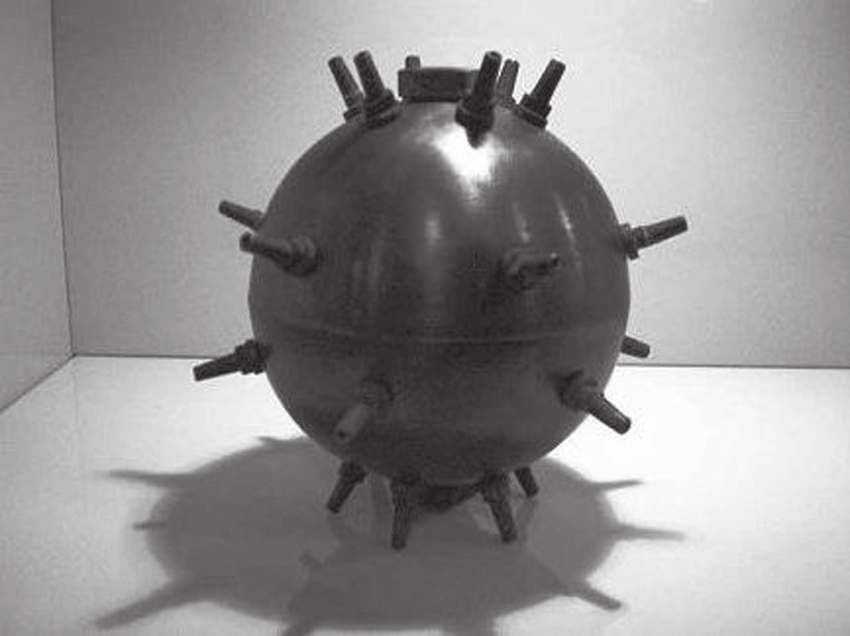
 Carlo Carrà, The Funeral of the Anarchist Galli, 1910-1911 (oil on canvas, 198.7×259.1 cm, currently at the Museum of Modern Art, New York).
Carlo Carrà, The Funeral of the Anarchist Galli, 1910-1911 (oil on canvas, 198.7×259.1 cm, currently at the Museum of Modern Art, New York).